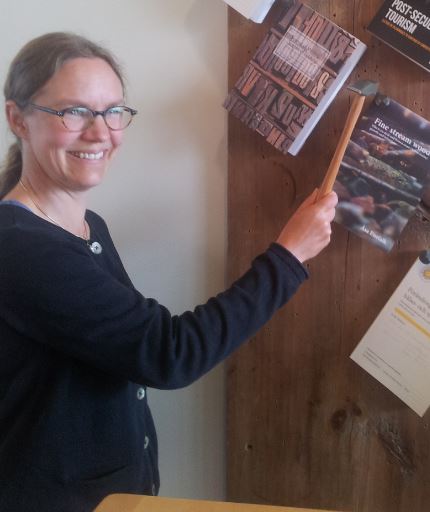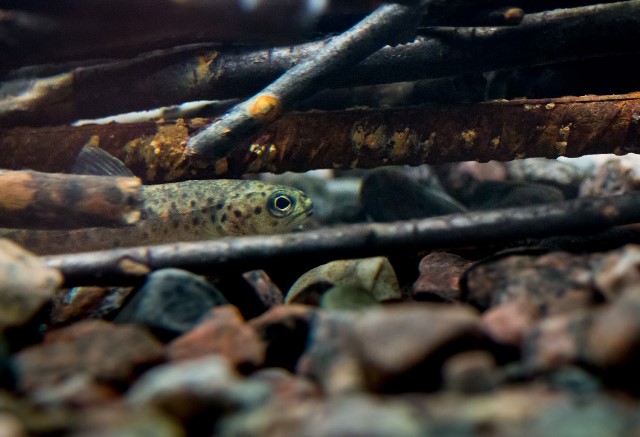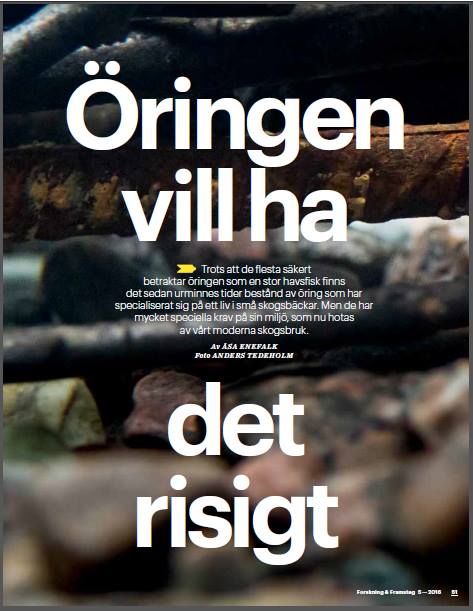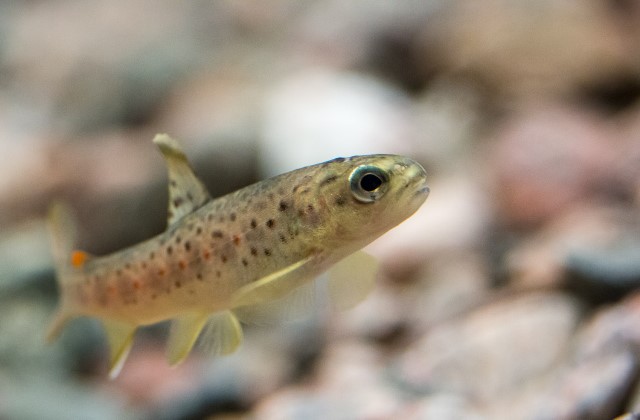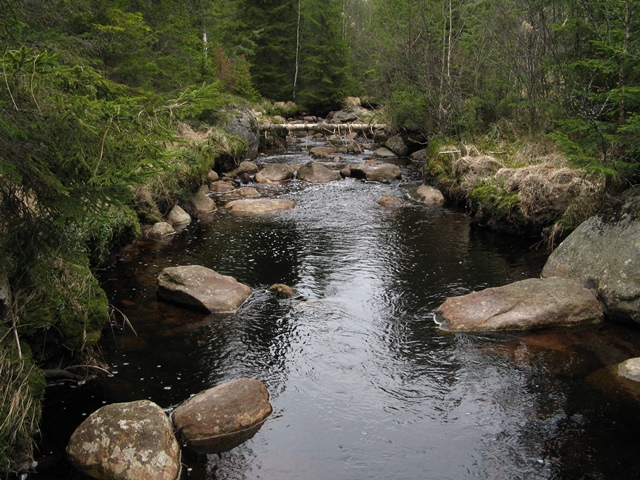Paper: Winter sheltering by juvenile trout – effects of stream wood and burbot
Posted by Daniel Nyqvist | Död ved, VinterekologiThe paper “Winter sheltering by juvenile brown trout (Salmo trutta) – effects of stream wood and an instream ectothermic predator” by Åsa Enefalk, Johan Watz, Larry Greenberg and Eva Bergman was recently published in the journal Freshwater Biology. The paper presents a study on the sheltering behavior of the juvenile trout in presence and absence of burbot and bundles of stream food. In the abstract the authors write:
- In boreal streams, juvenile salmonids spend substantial amounts of time sheltering in the streambed and in stream wood, presumably as a means of protection against the physical environment and from terrestrial endothermic predators. Relatively little is known about sheltering by salmonids in response to instream ectothermic predators.
- We tested the effects of burbot (Lota lota) on the winter sheltering behaviour of PIT-tagged 0+ brown trout (Salmo trutta) in daylight and darkness. Sheltering in the streambed by trout was studied in the presence and absence of fine wood bundles.
- We found that the use of streambed and fine wood was lower in darkness than in daylight. Availability of fine wood significantly decreased sheltering in the streambed, and this effect was more pronounced in daylight than in darkness. The presence of a burbot significantly decreased sheltering in the streambed, had no effect on use of fine wood and resulted in a higher number of exposed trout.
- Our results indicate that juvenile brown trout decrease streambed sheltering in response to a burrowing, ectothermic predator.
Read the paper here. If you don’t have access to the journal’s content, email any of the authors.




